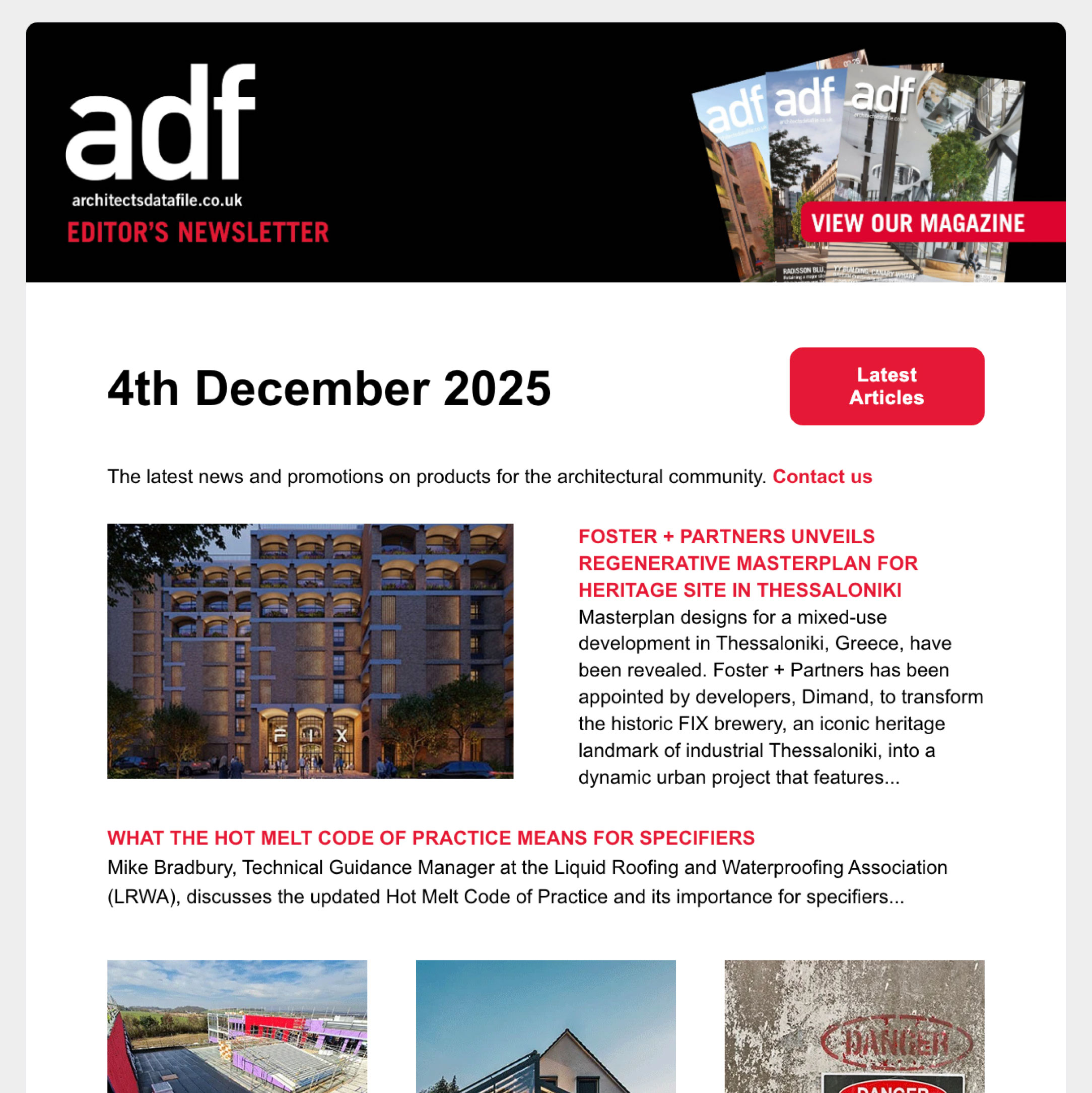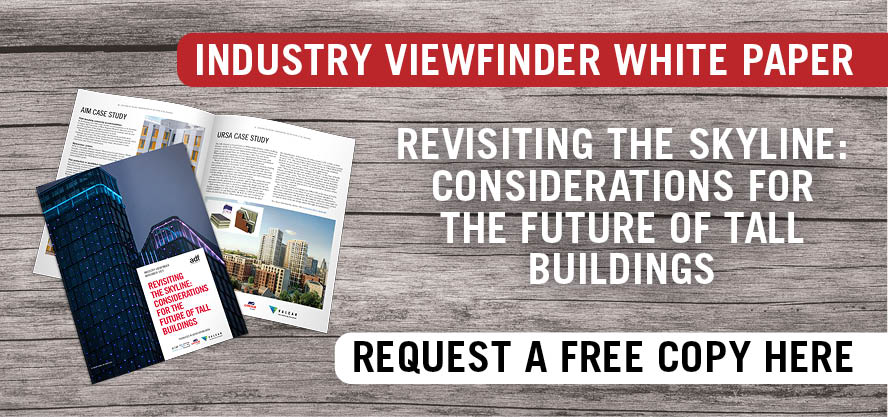Matt Spinks from fast-rising Shropshire practice Johnson Design Partnership, answers ADF’s questions on his architectural journey from assistant to director, leadership challenges, and his vision for growing sustainable design.
What made you want to pursue a career in architecture?
From a young age I was intrigued about what my Grandad did as a draftsman, I’ve always had an interest in how things are built and structured, and that curiosity grew into a passion for architecture. At school and sixth form I attended work experience at two or three local practices – from that point on I knew that I wanted to pursue architecture.
I was fascinated by the relationship between design and functionality. I got started by studying architecture at university (Portsmouth for my degree and De Montford, Leicester for my Masters), where I was exposed to both the technical and creative aspects of the field.
Between my degree and masters I worked for 12 months as part of my training at a practice in Wolverhampton where I was exposed to a range of projects ranging from industrial projects and sports stadiums to schools.
Then after I finished my Masters, in 2004 I began working at Johnson Design Partnership, and I haven’t looked back, gradually taking on more responsibility as I gained experience.
What do you enjoy most about working at Johnson Design Partnership?
We have an amazing team; everyone has your back and we support each other. The vast array of projects we work on is really exciting, from a small domestic extension through to a new hospital ward.
I truly value the collaborative environment at Johnson Design Partnership. It’s a place where ideas flow freely, and everyone is encouraged to contribute.
What has been the most significant challenge you’ve faced during your journey to becoming a director?
One of the biggest challenges has been balancing the creative and operational aspects of the role.
As I’ve advanced in the practice, I’ve needed to develop strong leadership skills, manage client relationships, and ensure projects are delivered on time and on budget, all while maintaining the design integrity and vision of the firm.
Which projects are you most proud to have contributed to?
I’m particularly proud of a few projects where we’ve been able to design buildings that not only meet the client’s needs but also positively impact the surrounding community.
The very first project I was involved with at Johnson Design was a new primary school – Upton Meadows primary in Northampton, which was partly funded by the Prince’s Foundation and officially opened by King Charles in 2007.
I’m also proud of my work on various Grade I, II and II* projects where I collaborated with English Heritage to ensure their preservation.
But the small domestic projects are equally rewarding, when a small intervention – be it a kitchen extension or a garden room, where the new space helps improve someone’s personal space and home, and ultimately improves their day to day life.
What are some of the upcoming projects you’re excited to work on in your new role?
I’m especially excited about a number of up and coming projects this year, working with various NHS Trusts across the UK, along with several Paragraph 84 projects and Education facilities.
What do you find to be the most challenging part of being an architect – and now a director?
One of the biggest challenges is time management. As a director, I’m balancing both strategic and operational responsibilities while also staying involved in the creative and design aspects of the projects.
Finding the right balance between overseeing projects and managing the team is key. But as mentioned, we have a really strong team at Johnson Design along with a supportive external consultant network to allow us to do extensive collaboration work on a wide range of projects and sectors.
What are your key aspirations for the future of Johnson Design Partnership?
With the support of the team around me, I aim to help grow the practice in a sustainable way, not just in terms of business but also by embracing innovation in design and technology.
What is your personal vision for your career development in architecture over the next decade?
Over the next decade, I hope to continue pushing the boundaries of design while focusing on sustainability in architecture. I want to be part of a practice that supports people through potential apprenticeships, and community projects.
How do you plan to tackle the challenges Johnson Design Partnership might face in the near future?
One key challenge is adapting to rapid technological advancements in design and construction.
We plan to invest in the latest technology and training for our team, ensuring that we can use these technologies to improve efficiency, reduce costs, and stay at the forefront of innovation – BIM, 3D, AI
and VR.
How has your personal journey shaped your approach to your work & vision as an architect?
My journey has taught me how important it is to stay adaptable, as each day is different, from being onsite with a contractor, liaising with planners, listening to a client’s aspirations for the project and putting that onto paper to help show the concept to be developed and build the dream and vision.
I’ve realised that the best architects are those who remain open to new ideas, always look for ways to grow, and prioritise building strong, meaningful connections with the team and clients.
I give 110% to everything I do; whether it’s out of work, personal activities or within work. I approach both my designs and my role as a leader with clear focus and determination, but being caring and considerate at the same time taking on board the clients needs but thinking outside the box to enhance a space.
What is your big personal goal?
I always focus on delivering innovative, sustainable, and visually compelling designs that not only meet client needs but also push the limits of architectural possibilities.
I prioritise building strong relationships with clients, ensuring their vision is clearly understood and brought to life.
And as a director, I mentor and guide emerging architects, encouraging a collaborative team dynamic and fostering a culture of continuous improvement within the firm.
Lastly, I try to stay at the cutting edge of architectural trends and technologies, constantly refining my skills and exploring new methodologies to enhance both the design process, and the final results.



